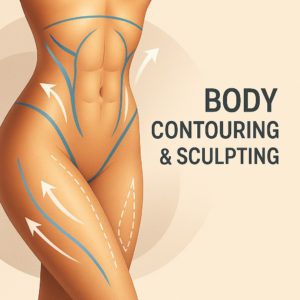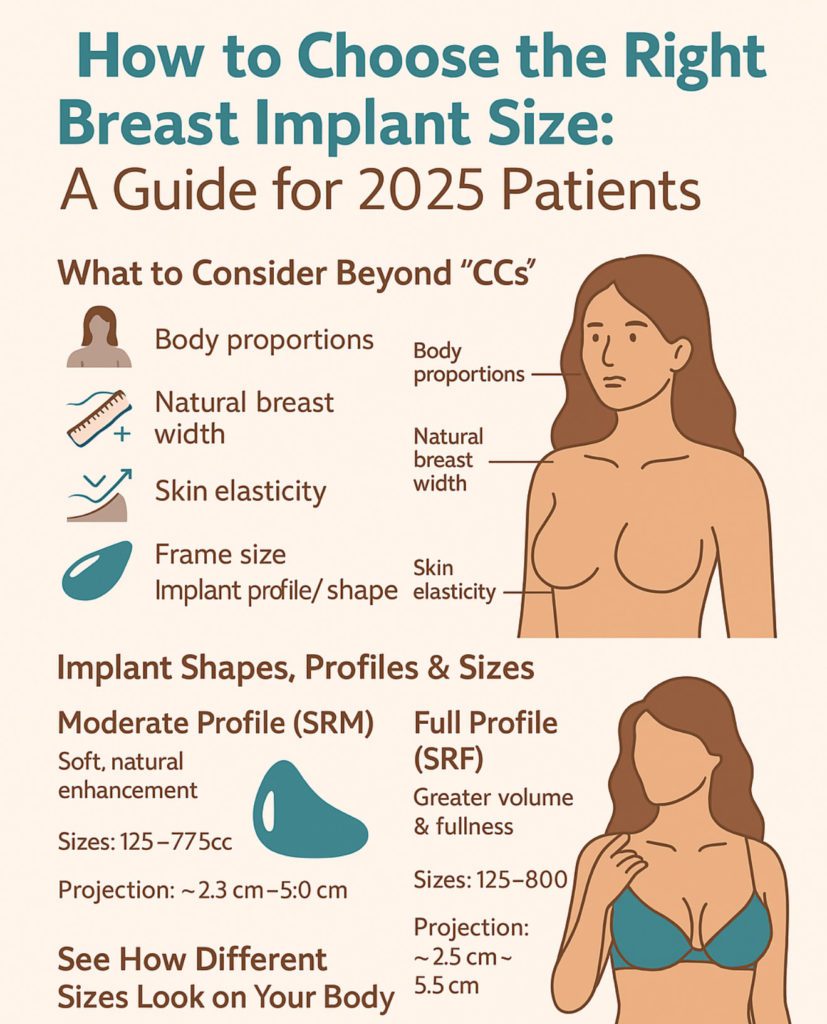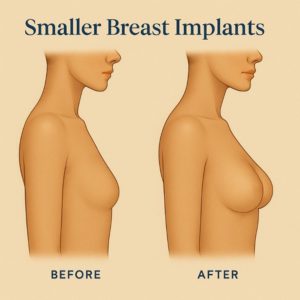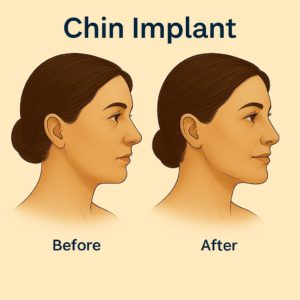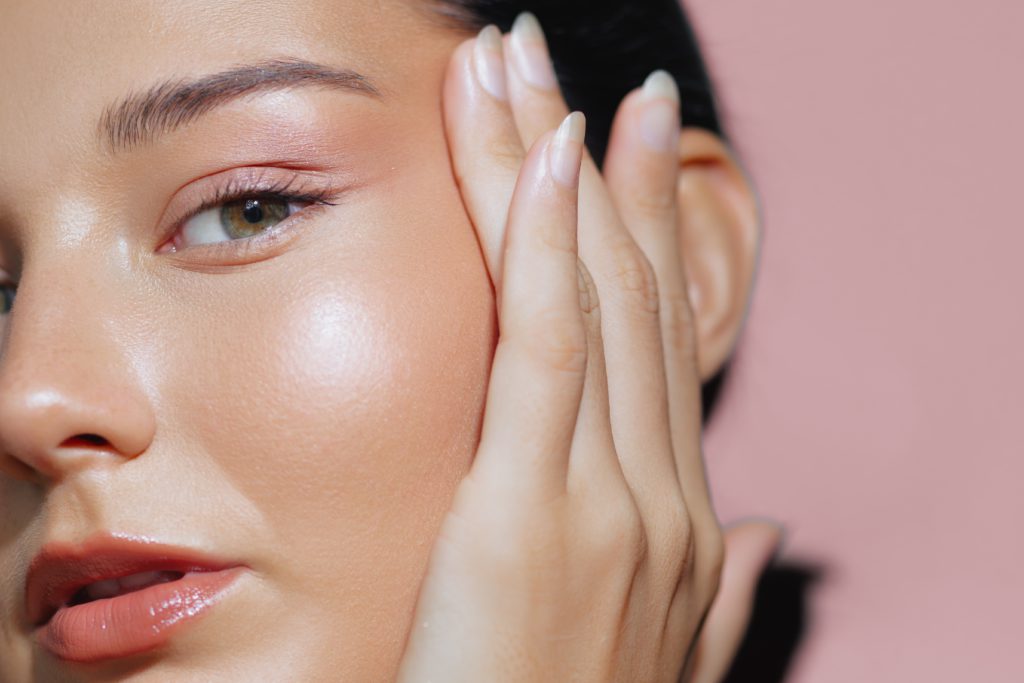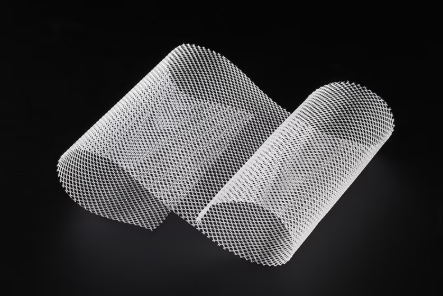Plastic Surgery for Men: What’s Trending in 2025
The Rise of Male Aesthetics
Let’s explore the top trends in plastic surgery for men in 2025—and why they’re gaining momentum.
1. Jawline Contouring and Chin Enhancement
One of the biggest trends among men in 2025 is a sharper, more defined jawline. Thanks to the influence of social media, Hollywood, and even the corporate world, men are seeking procedures that enhance masculine features.
- Non-surgical options like dermal fillers and fat-dissolving injections can contour the jaw and reduce a “double chin” with little downtime.
- Surgical options such as chin implants or submental liposuction create lasting structure and symmetry.
Men are increasingly requesting treatments that bring balance to the face and enhance confidence in both professional settings and dating life.
2. Eyelid Surgery (Blepharoplasty)
As men age, sagging eyelids or under-eye bags can create a tired, aged appearance. In 2025, eyelid surgery remains one of the most popular procedures for men.
- Upper eyelid surgery removes excess skin that can droop over the eyes, improving vision and rejuvenating appearance.
- Lower eyelid surgery smooths puffiness and dark circles, helping men look more alert and refreshed.
Since results are subtle but powerful, this procedure is particularly popular with men who want to maintain a natural look while appearing more energetic.
3. Gynecomastia Surgery (Male Chest Reduction)
Excess tissue in the chest, commonly known as “gynecomastia,” continues to be a major concern for men. Whether caused by genetics, hormonal changes, or weight fluctuations, enlarged breast tissue can be difficult to address with diet and exercise alone.
- Male chest reduction surgery removes excess fat and glandular tissue, creating a flatter, more masculine chest.
- Results boost body confidence and make men feel more comfortable in fitted shirts, swimwear, or at the gym.
In 2025, more men are embracing this procedure as a long-term solution to something they’ve struggled with for years.
4. Liposuction and Body Contouring
Men want sculpted, athletic physiques—and plastic surgery is helping them get there. Liposuction remains one of the top-requested procedures, but the trend now focuses on “high-definition body contouring.”
- Popular treatment areas include the abdomen, flanks (“love handles”), and chest.
- Advanced techniques create definition around the abs and pecs, highlighting natural muscle tone.
Paired with a healthy lifestyle, body contouring helps men achieve the lean, chiseled appearance that may be hard to reach through fitness alone.
5. Hair Restoration
Hair continues to play a major role in male confidence, and in 2025, hair restoration procedures are more effective than ever.
- Follicular Unit Extraction (FUE) transplants individual hairs for natural-looking regrowth without obvious scarring.
- PRP therapy (platelet-rich plasma) is often combined to stimulate growth and improve hair thickness.
With technology advancing, men are turning to restoration as a long-term solution to hair thinning and receding hairlines.
6. Nose Reshaping (Rhinoplasty)
Rhinoplasty isn’t just about aesthetics—it’s also about function. Many men choose this surgery to improve breathing issues while refining the nose’s shape.
- Men often seek changes that bring balance to their facial structure without making the nose appear “overdone.”
- Popular refinements include straightening a hump, narrowing a wide bridge, or adjusting asymmetry.
A well-balanced nose enhances overall facial harmony and boosts confidence in personal and professional life.
7. Non-Surgical Treatments: Subtle Enhancements on the Rise
Not every man is ready to commit to surgery—and in 2025, non-surgical treatments are more popular than ever. These options offer minimal downtime with noticeable results.
- Botox® (“Brotox”) to soften forehead lines or crow’s feet. Botox is an injectable treatment made from a purified for of botulinum toxin. It works by temporarily relaxing the facial muscles that cause wrinkles
- Dermal fillers for jawline definition or cheek structure.
- Skin tightening treatments to improve laxity in the neck and jawline.
- Laser treatments and chemical peels for clearer, healthier-looking skin.
These treatments are especially appealing to younger men who want preventative solutions and older men who want natural rejuvenation.
8. The Mental and Social Impact of Male Plastic Surgery
Beyond physical transformation, men are recognizing the confidence and lifestyle benefits that come with cosmetic procedures. Looking good often translates into feeling good—and for many men, procedures provide a sense of alignment between how they feel on the inside and how they present themselves to the world.
Men report:
- Increased confidence at work.
- Improved dating and social experiences.
- Greater satisfaction with their overall appearance.
The stigma surrounding men’s plastic surgery is fading, and the focus is shifting toward self-care and personal empowerment.
Confidence, Evolved
Plastic surgery for men in 2025 is all about natural results, customization, and empowerment. Whether it’s refining the jawline, restoring hair, or sculpting the body, today’s procedures are designed to enhance masculine features without compromising individuality.
Men are embracing the idea that confidence isn’t just about what’s on the inside—it’s also about presenting their best self to the world. And with modern techniques, achieving that transformation has never been more accessible.





